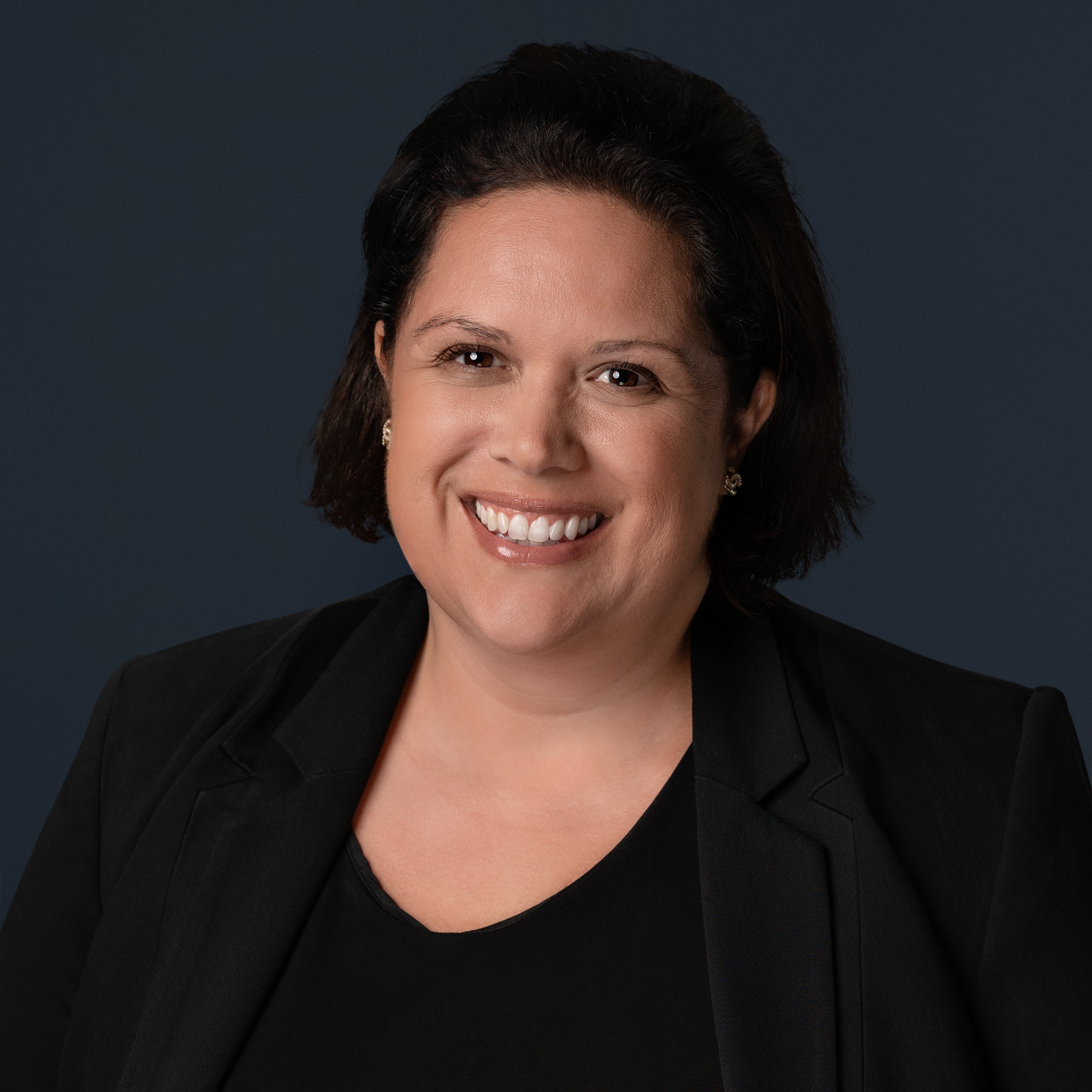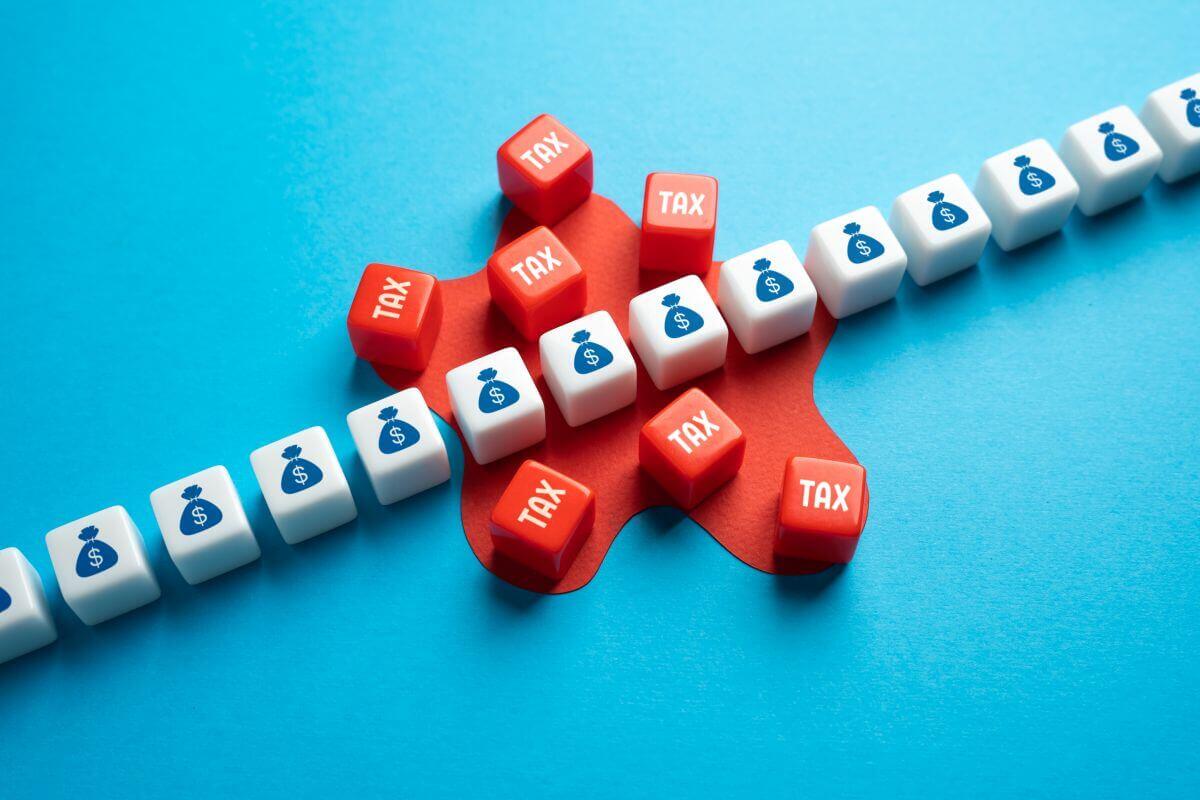With the tax agent extension, your December quarterly BAS/PAYG statements are due 28 February 2011.
Flood Levy & how it will affect you
As you may have read in the media, the Government will be applying a flood levy to help fund reconstruction in flood affected areas. The levy will apply to individual’s taxable income for the 2011-12 financial year only.
The levy will be charged at 0.5% on income between $50,001 and $100,000 and 1.0% on income above $100,000. No levy is payable for income of $50,000 or less.
An exemption from the levy will apply to individuals who have received an Australian Government Disaster Recovery Payment in relation to a flood event in 2010‑11.
Ordinary Salary & Wage earners will not have to do anything extra to pay the levy; they will make their levy payments through the tax taken out of their regular pay in the same way as the Medicare levy.
Pay As You Go (PAYG) Instalment taxpayers will have the levy charged in their PAYG instalments.
Businesses will need to apply a new withholding schedule to their employees to withhold the levy payments.
For more information on applying the new flood levy withholding structure contact us
Medical expense Offset threshold set to increase
Currently, you can claim a tax offset of 20% of your net medical expenses over $1,500. A bill is currently in the senate to increase the medical expense threshold from $1,500 to $2,000 from 1 July 2011.
Note that there is no upper limit on the amount you can claim. Your net medical expenses are the medical expenses you have paid less any refunds you received from Medicare or a private health insurer.
The medical expenses must be for: you, your spouse, and your children under 21 years old, regardless of their income level. You can also claim various other dependents, eg invalid parents, but this claim is based on income levels of these dependents. You can also claim medical expenses paid while travelling overseas.
For more information on the medical expense offset and what you can claim, contact us
ATO Announcement: Building Industry Data Matching
The ATO have announced it will be undertaking a data matching process for entities within the Building, Construction and Ceiling Insulation Industries.
Under the project, the ATO will be requesting names and addresses from the sources listed below, and matching it to their data holdings to identify non-compliance with lodgement and payment obligations.
The matching sources include:
- Various Departments of Education (regarding school hall building projects)
- The Department of Climate Change and Energy Efficiency (regarding insulation projects)
- Richard Crookes Constructions Pty Ltd
- Abigroup Ltd
- Bovis Lend Lease
- Brookfield Multiplex
- Hansen Yuncken Pty Ltd
- Laing O’Rouke
- Reed Group.
Have you paid your Superannuation Guarantee on time?
Think twice about paying your superannuation guarantee late. If you do not pay your employee’s superannuation within 28 days after each quarter end, you:
- Won’t be able to claim a tax deduction for the superannuation payments
- Will have to lodge a statement to the ATO and pay a superannuation guarantee charge (SGC) to the ATO (as opposed to your employee’s fund). The SGC is the amount of shortfall super that needs to be paid to the employee, plus 10% interest, plus an administration fee. The employee will then receive a credit amount from the ATO that can be lodged with their own superannuation fund.
Additionally, if you have made a late payment of superannuation into your employee’s fund, this will not be counted as a payment for that quarter. The payment will therefore need to be either used as an offset against the superannuation guarantee charge paid to the ATO, or can be used as a pre-payment of superannuation for a later quarter (up to 12 months after the payment date).
As you can imagine, the whole process creates not only a non-deductible expense, but a rather large administration burden!
On this note, below is a summary of your superannuation requirements:
You have to pay super for eligible employees from the first day you employ them. These super guarantee contributions have to be paid for each eligible employee to the correct super fund at least four times a year, by the quarterly cut-off dates shown in the following table.
|
Quarter |
Period |
Payment cut-off date |
|
1 |
1 July – 30 September |
28 October |
|
2 |
1 October – 31 December |
28 January |
|
3 |
1 January – 31 March |
28 April |
|
4 |
1 April – 30 June |
28 July |
When a cut-off date for payment falls on a Saturday, Sunday or public holiday, you can make the payment on the next working day after the cut-off date.
You can pay contributions more regularly than quarterly if you want to. For example, you can pay fortnightly or monthly, as long as the total super guarantee obligation for the quarter is paid by the quarterly cut-off date.
If you have made late payments of superannuation, please contact us to discuss the best outcome for your situation.
This article is intended to provide general information only, and is not to be regarded as legal or financial advice. The content is based on current facts, circumstances, and assumptions, and its accuracy may be affected by changes in laws, regulations, or market conditions. Accordingly, neither Azure Group Pty Ltd nor any member or employee of Azure Group or associated entities, undertakes responsibility arising in any way whatsoever to any persons in respect of this alert or any error or omissions herein, arising through negligence or otherwise howsoever caused. Readers are advised to consult with qualified professionals for advice specific to their situation before taking any action.








Comment